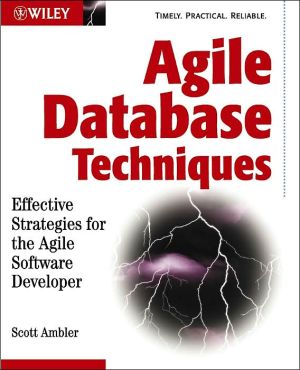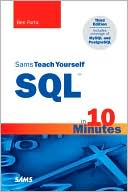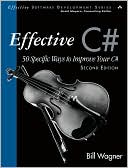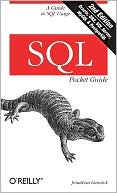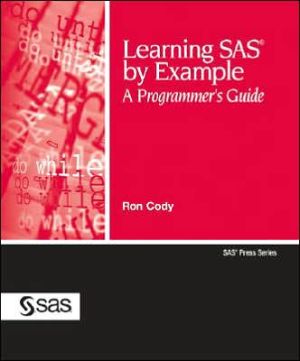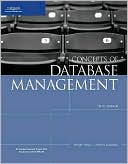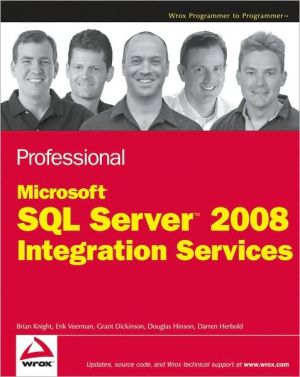Agile Database Techniques: Effective Strategies for the Agile Software Developer
Describes Agile Modeling Driven Design (AMDD) and Test-Driven Design (TDD) approaches, database refactoring, database encapsulation strategies, and tools that support evolutionary techniques\ Agile software developers often use object and relational database (RDB) technology together and as a result must overcome the impedance mismatch\ The author covers techniques for mapping objects to RDBs and for implementing concurrency control, referential integrity, shared business logic, security...
Search in google:
"I wish I had a book like this eight years ago. You’ll want to be sure to have enough copies for both your development and database folks."—Jon Kern, Founding Member of the Agile Alliance "You will find workable, real-world advice here." —Doug Barry, Author, Web Services and Service-Oriented Architectures and The Object Database Handbook An agile database administrator (DBA) has the difficult task of focusing on data-oriented issues, including traditional database administration as well as any application development involving data. Agile DBAs also collaborate with enterprise professionals to ensure that the efforts of the project team reflect enterprise realities. Scott Ambler has written this invaluable book from the point of view of an agile DBA, enabling you to learn the techniques that agile DBAs use to work effectively on evolutionary (iterative and incremental) software projects. With every chapter you’ll be introduced to essential facets of data-oriented activities such as: The basics of object orientation, relational databases, data modeling, and how to deal with legacy data issues Database refactoring, an evolutionary technique that enables you to improve your database design in small steps Mapping objects to relational databases, performance tuning, database encapsulation, and supporting tools Implementation techniques and strategies such as concurrency control, security access control, finding objects in relational databases, referential integrity, and the effective use of XML Strategies and advice for individuals who want to become agile software developers and organizations that want to adopt agile techniques
ForewordForewordAcknowledgmentsIntroductionAbout the AuthorPt. 1Setting the Foundation1Ch. 1The Agile Data Method3Ch. 2From Use Cases to Databases - Real-World UML19Ch. 3Data Modeling 10151Ch. 4Data Normalization69Ch. 5Class Normalization79Ch. 6Relational Database Technology, Like it or Not87Ch. 7The Object-Relational Impedance Mismatch105Ch. 8Legacy Databases - Everything You Need to Know But Are Afraid to Deal With115Pt. 2Evolutionary Database Development143Ch. 9Vive L' Evolution145Ch. 10Agile Model-Driven Development (AMDD)157Ch. 11Test-Driven Development (TDD)167Ch. 12Database Refactoring175Ch. 13Database Encapsulation Strategies199Ch. 14Mapping Objects to Relational Databases223Ch. 15Performance Tuning269Ch. 16Tools for Evolutionary Database Development287Pt. 3Practical Data-Oriented Development Techniques295Ch. 17Implementing Concurrency Control297Ch. 18Finding Objects in Relational Databases311Ch. 19Implementing Referential Integrity and Shared Business Logic325Ch. 20Implementing Security Access Control343Ch. 21Implementing Reports357Ch. 22Realistic XML369Pt. 4Adopting Agile Database Techniques387Ch. 23How You Can Become Agile389Ch. 24Bringing Agility into Your Organization395AppDatabase Refactoring Catalog403References and Suggested Reading421Index429
